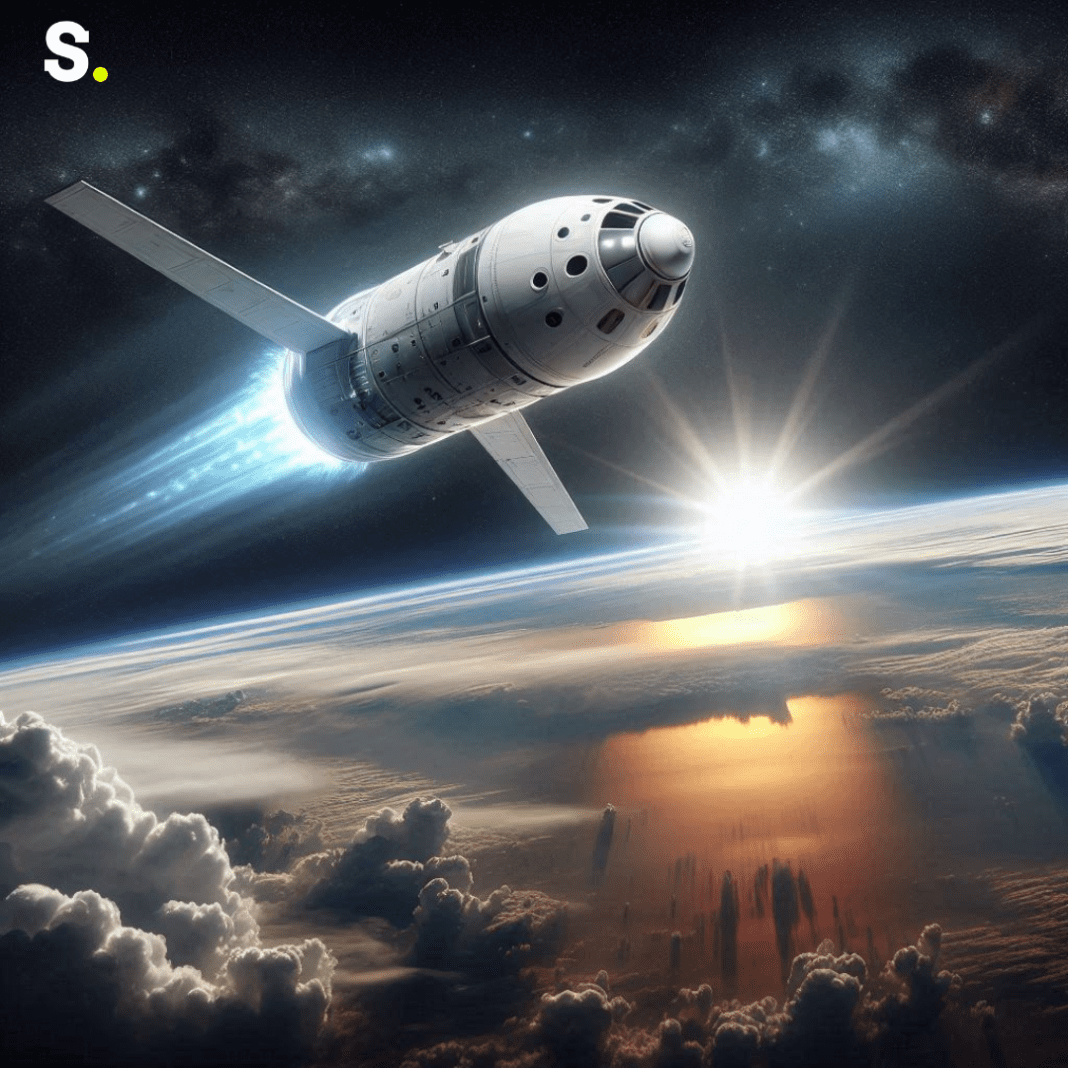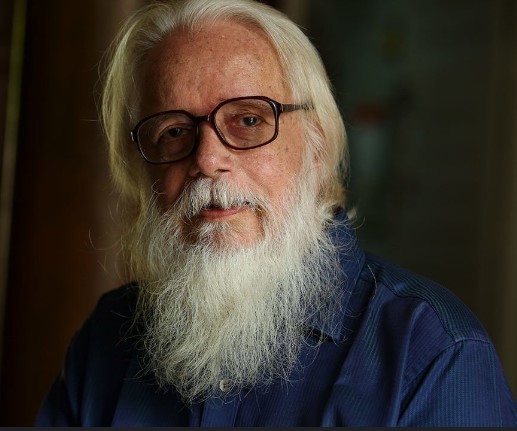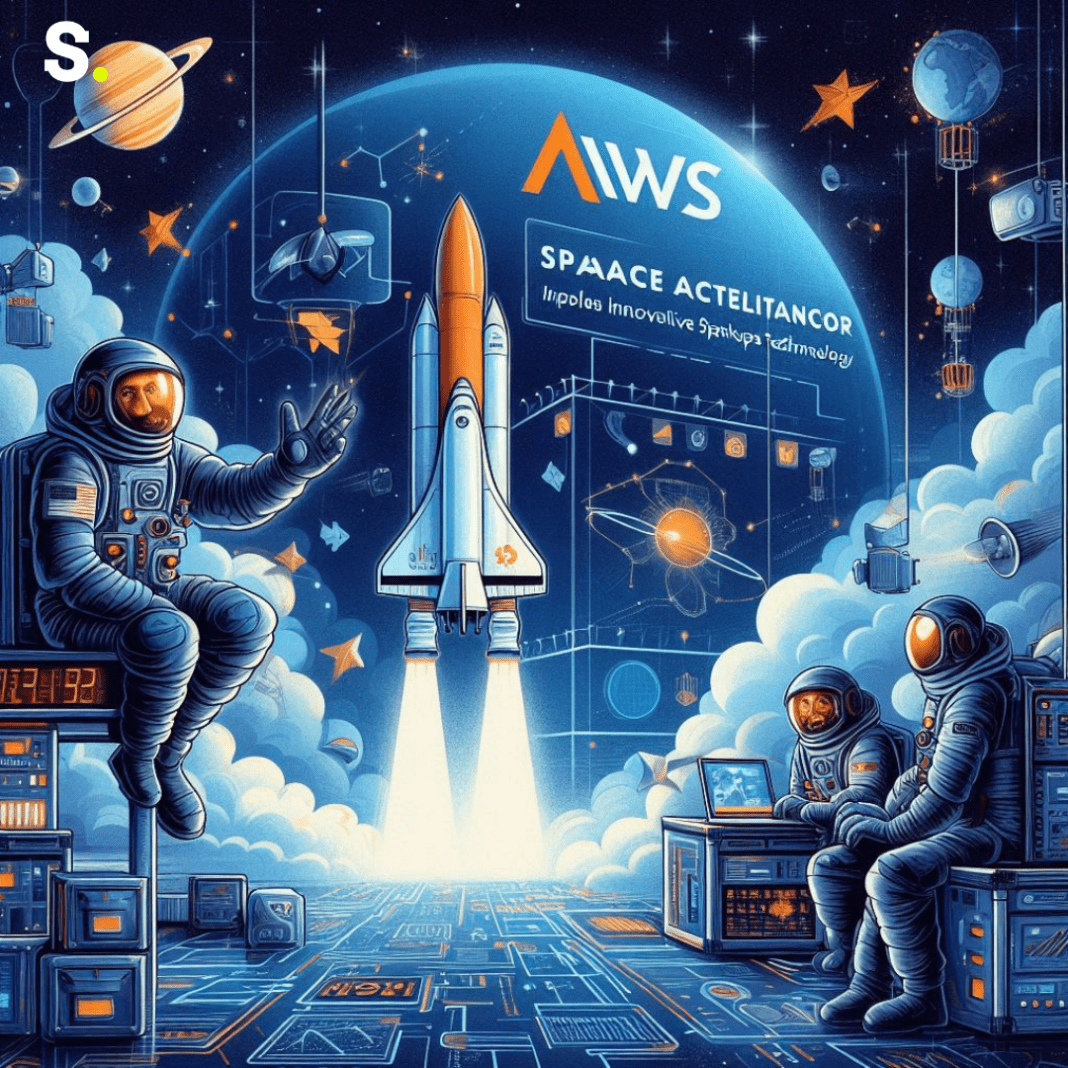A rocket soared from Cape Canaveral, Florida, into a picturesque blue sky adorned with puffy white clouds. Atop this rocket, engineered by United Launch Alliance, was Boeing’s new Starliner CST-100—a gumdrop-shaped capsule carrying astronauts Suni Williams and Butch Wilmore. This spaceflight launch marked a significant milestone, anticipated to position Boeing alongside SpaceX as a commercial company capable of launching astronauts from American soil.
A Launch with Challenges
The launch, however, didn’t proceed as flawlessly as hoped. Despite years of delays, setbacks, and significant cost overruns, this mission was expected to be Boeing’s crowning achievement. Nonetheless, a helium leak that surfaced prior to launch was not entirely understood by NASA or Boeing. Despite this, the launch proceeded.
Unfortunately, the situation deteriorated. Once the astronauts were in orbit, additional helium leaks were detected. The next day, as they prepared to dock with the International Space Station (ISS), several thrusters malfunctioned, leading to an hour-long delay before the spacecraft finally docked. Although this was a test mission, the series of issues raised concerns about the spacecraft’s safety and the decision to proceed with the launch despite known issues.
Implications for Future Missions
The mission’s difficulties cast a shadow over Starliner’s first operational mission, planned for 2025 with Canadian astronaut Joshua Kutryk on board. As of now, the astronauts remain aboard the ISS while Boeing conducts thruster tests at its facility in White Sands, New Mexico. No definitive return date has been set, though indications point to the end of July, as announced in a recent news conference.
For Boeing, this mission’s setbacks are a public relations nightmare. The company, already reeling from a series of safety mishaps with its commercial aircraft, is in dire need of a success story. This is especially pressing given SpaceX’s accomplishments. SpaceX has been launching astronauts aboard its Crew Dragon spacecraft since 2020 and has successfully completed 11 operational flights to the ISS.
Different Approaches to Spaceflight
NASA gave Boeing and SpaceX contracts to transport personnel to the International Space Station (ISS), but the two businesses received cash at different levels: Boeing received $4.2 billion, while SpaceX received $2.6 billion. At the time, many believed Boeing’s extensive experience in spaceflight, dating back to the 1960s, would ensure it reached the ISS first. This assumption proved incorrect.
However, comparing Boeing and SpaceX might be misguided. Dan Dumbacher, an engineer and former NASA official who is now the CEO of the American Institute of Aeronautics and Astronautics, argues against such comparisons. He points out that while Boeing has a long history in spaceflight, the individuals currently at Boeing do not share the same level of experience as those who worked on past missions.
Moreover, there are stark differences in how SpaceX and Boeing operate. SpaceX has adopted a hands-on approach, testing its spacecraft by building, flying, and often watching them fail before achieving success. This iterative process, where failures are learning opportunities, contrasts with the more risk-averse approaches of Boeing and NASA, especially post-Challenger and Columbia disasters.
NASA’s current risk aversion extends to uncrewed hardware tests, influenced by past tragedies. Boeing, on the other hand, faces pressures from investors, making it difficult to adopt SpaceX’s more experimental approach. Additionally, SpaceX had an advantage: its Dragon spacecraft had been delivering cargo to the ISS since 2012, and the Crew Dragon was a natural evolution of that design.
Not ‘Stranded’ in Space
Despite the issues faced during the mission, rumors that the astronauts are stranded on the ISS are unfounded. Steve Stich, manager of NASA’s Commercial Crew Program, emphasized in a June 28 media teleconference that the astronauts are not stranded and that misunderstandings about the mission should be cleared up.
Dumbacher recalls that even during his time at NASA, space shuttle flights were never devoid of technical issues. Each flight faced its own set of challenges, and a flawless readiness review was virtually unheard of.
Learning from Setbacks
While it may be unfair to directly compare Boeing to SpaceX, the optics of Boeing’s troubled test mission in spaceflight are undeniably damaging. The venerable aerospace company must address these issues to restore confidence and demonstrate that it can meet the high standards of modern spaceflight. This mission underscores the importance of rigorous testing, transparency, and adaptability in the face of unforeseen challenges.
The Road Ahead for Boeing
As Boeing navigates these turbulent times, the broader space community watches closely, hoping for a future where both Boeing and SpaceX can successfully and safely ferry astronauts to space. The lessons learned from the Starliner test mission will be critical for Boeing as it prepares for its first operational spaceflight mission. Ensuring the safety and reliability of its spacecraft will not only benefit Boeing but also contribute to the overall progress and sustainability of commercial spaceflight.
While Boeing’s recent spaceflight test mission has faced significant hurdles, it represents a vital step in the company’s journey towards establishing itself as a leader in commercial space travel. By learning from its challenges and continuing to innovate, Boeing can pave the way for a new era of space exploration and collaboration.




